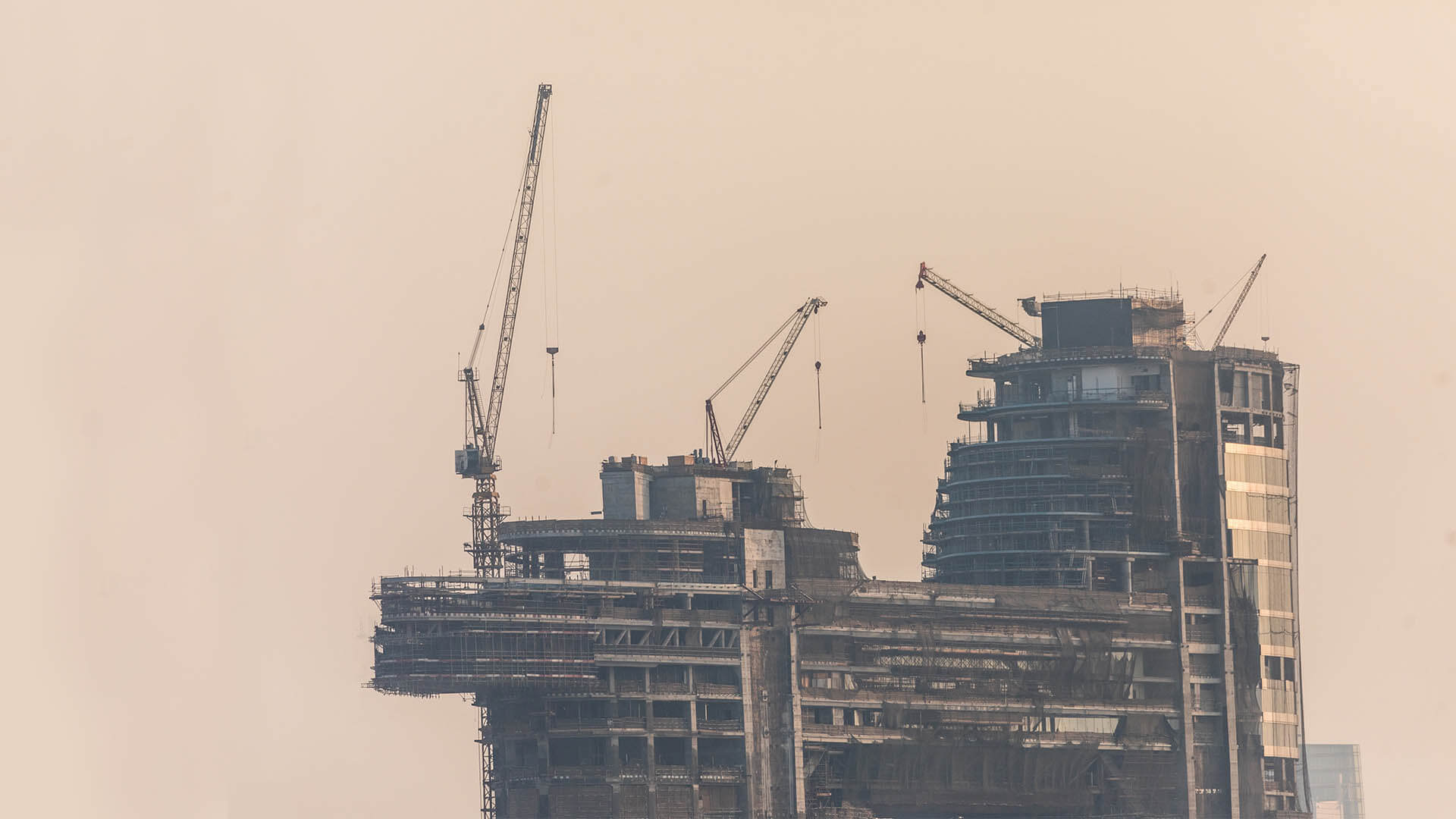Organizing a construction site is an important part of ensuring the safety and efficiency of any project. It involves creating a plan that outlines how materials, equipment, and personnel will be used to complete the job. A well-organized construction site can help reduce downtime due to a lack of supplies or delays in production, as well as minimize accidents caused by disorganization. With careful planning and preparation, you can make sure your construction site runs smoothly from start to finish. In this article, we’ll discuss some tips for organizing a construction site so you can get the most out of your project.
Get The Right Equipment
The first step in organizing a construction site is to make sure you have the right equipment and tools. Depending on the size of your project, you may need large, specialized machinery such as cranes, industrial lifting gear, excavators, or forklifts. You’ll also want to ensure that any small tools are properly stored and labeled so they can be easily found and used. Don't forget to factor in any safety equipment you may need, such as hard hats, boots, eye protection, or gloves. It's also important to have a first aid kit on hand in case of any injuries. Make sure that your equipment is of the highest quality as well - always get from trusted best excavator brands for example.
Create An Effective Layout
Once your equipment is taken care of, it’s time to start laying out the site. Consider the size and shape of the site, as well as the direction of traffic (i.e., where vehicles and personnel will be entering and exiting). It’s also important to factor in potential safety issues, such as dangerous slopes and ledges.
Make sure you have designated areas for materials storage, office trailers, equipment staging, and job trailers. You should also plan how the different components of the project will fit together. For example, are there any obstructions that would hinder the flow of movement?
It’s also important to determine whether you need to erect any walls or fences. This could be useful for keeping trespassers out, as well as providing a visual boundary between the different parts of the construction site.
Create a Safety Plan
Once your construction site is equipped with the right tools and machinery, it’s important to create a safety plan that outlines the roles and responsibilities of each worker on site.
The plan should include a description of safety regulations, policies, and procedures that all workers need to abide by. Consider requiring all personnel to wear personal protective equipment such as hard hats, gloves, ear protectors, steel-toe boots, and other PPEs in accordance with the job’s requirements.
In addition to protective equipment, it’s important to ensure there are adequate safety signage and illumination throughout the worksite. Appropriate signage should be placed in areas where workers are exposed to hazards, and sufficient lighting should be installed for tasks that require more attention.
To ensure proper training, it's essential to conduct thorough safety briefings and training sessions tailored to the specific duties of each worker. Workers who have been awarded a NEBOSH certificate should be tasked with overseeing and implementing these safety measures, given their comprehensive understanding of occupational health standards. Additionally, regular safety audits and inspections should be planned to maintain the highest level of safety compliance on the construction site.
Try To Stay Organized
A key factor in organizing a construction site is to make sure that everything runs smoothly and efficiently. You can do this by setting up an organized system for storing materials and tools, as well as keeping track of inventory levels. A good way to stay on top of things is to set up a filing system for plans, schematics, and other documents. This will help ensure that everyone is on the same page and working towards the same goal.
Finally, make sure you have a plan in place for dealing with hazardous materials or conditions on the site. Have an emergency response team in place who can act quickly if something goes wrong, and regularly check to make sure all safety precautions are being taken.
Outsource Tasks When Necessary
The organization of a construction site can be a lot of work, and it’s often helpful to outsource certain tasks. This could include hiring subcontractors to take on specialized tasks such as electrical wiring, plumbing, or HVAC installation. By outsourcing these jobs, you can free up your time so that you can focus on the overall project.
It’s also important to make sure that any subcontractors you hire are up to date with their own safety protocols and procedures, so it’s wise to check in with them regularly. This will help ensure that your site remains organized and efficient, keeping everyone safe and productive throughout the duration of the project.
 image © Dimitris Vetsikas
image © Dimitris Vetsikas
Organizing a construction site requires careful planning, preparation, and the right procedures to ensure that the job runs smoothly and safely. Make sure you have the necessary equipment and safety protocols in place, create an effective layout for the site, devise a comprehensive safety plan, stay organized with materials and tools, and outsource tasks as needed. With a little bit of planning and effort, you can make sure your construction project runs as safely and efficiently as possible.





